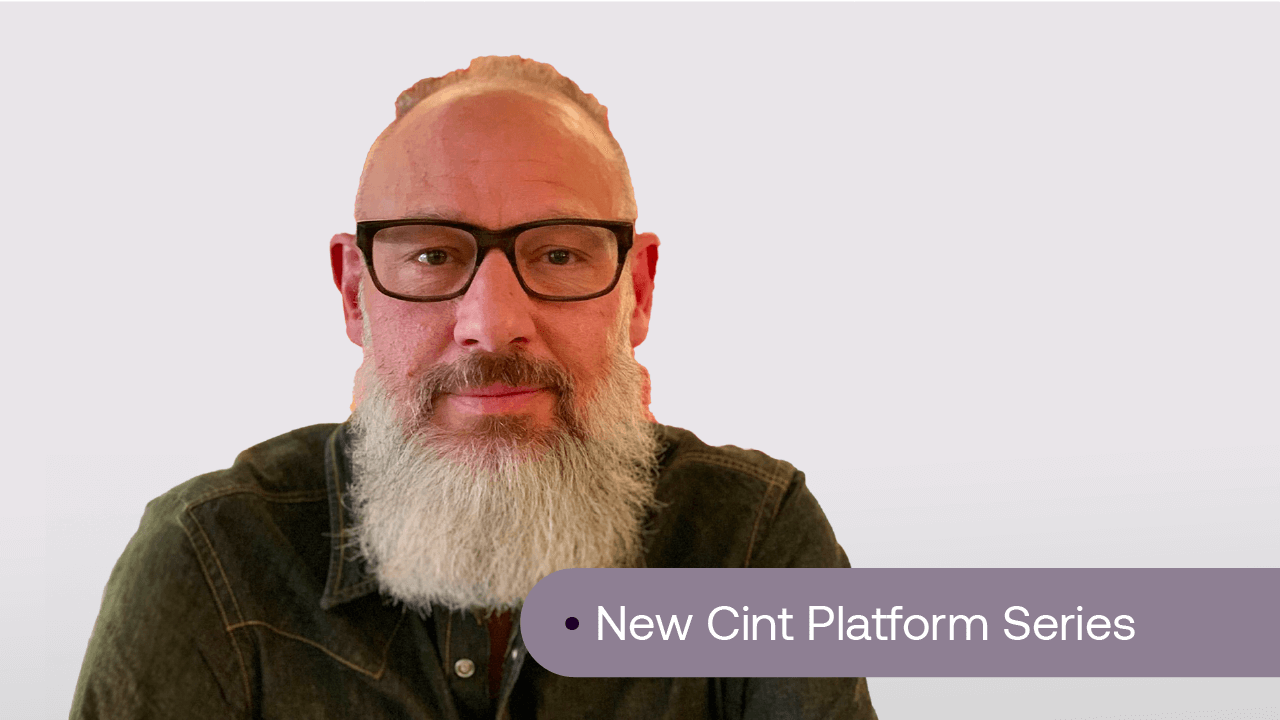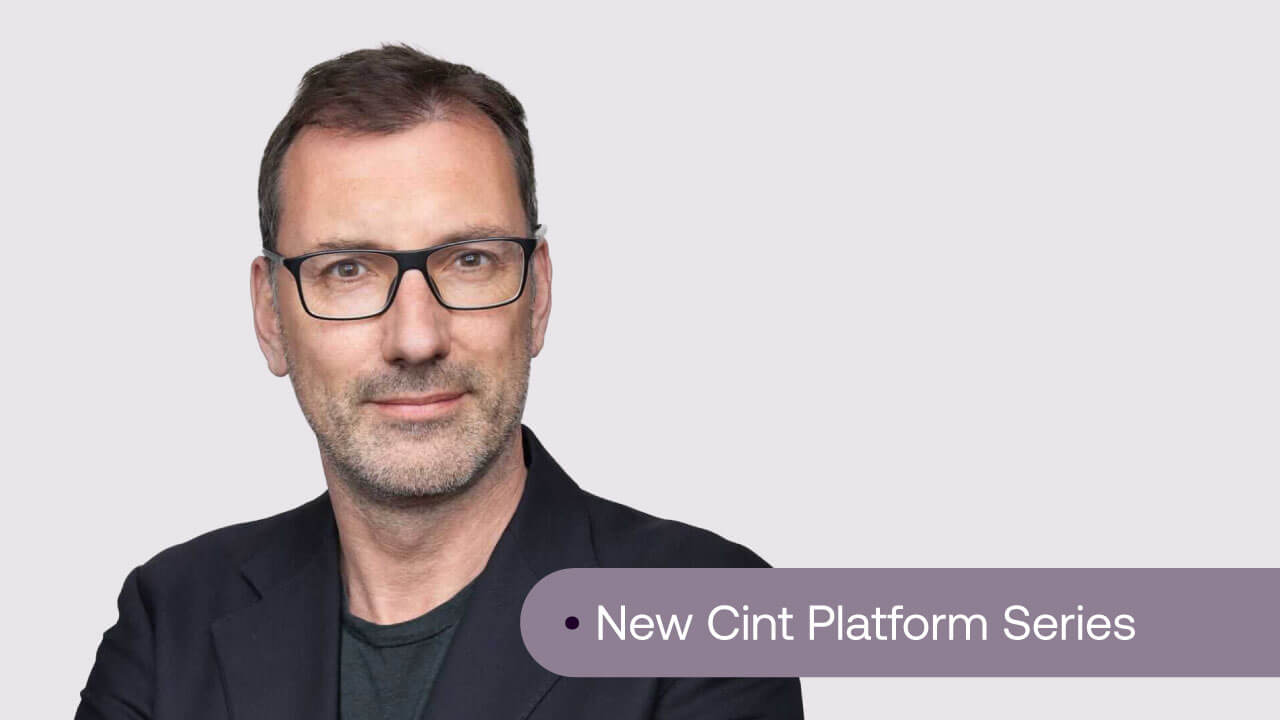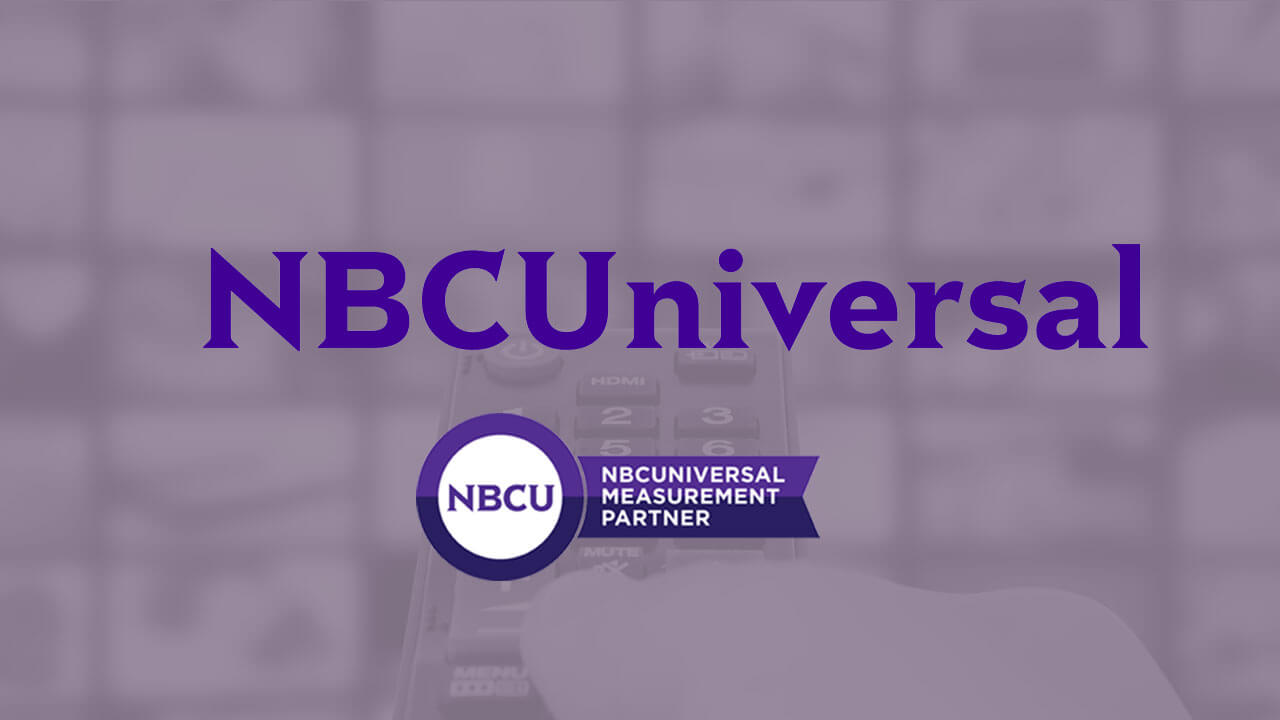Both qualitative and quantitative research are indispensable tools in a researcher’s toolbox. Cint provides a platform for conducting quantitative research via online surveys – a solution that can be quite useful for augmenting qualitative research.
First, it’s important to understand the difference between qualitative and quantitative research. Qualitative research is primarily exploratory in nature, and helps a researcher better understand motivations, needs, processes, and rationale for behaviors (among other things). It provides deep insights into a situation, and helps form ideas or hypotheses for potential quantitative research.
Quantitative research, like online surveys, tends to be more numbers-focused and can help to assess hypotheses from qualitative research. Adding a quantitative approach to qualitative research can provide a more holistic (and quantifiable) view of the subject matter you are researching.
Conversely, qualitative research can be beneficial when designing a quantitative research project, helping in the following ways:
- Learning about the consideration process – that is, how a customer thinks about or uses a product or service, and the context for a purchase.
- Hearing a customer’s language – this helps when writing questions. Speaking in a customer’s language (rather than the internal language of a corporation) helps elicit the best answers leading to the best insights.
- Understanding the holistic customer experience – hearing descriptions of the logical sequence of events helps to frame the quant survey in a way that will make sense to the consumer. This also helps hone-in on the right customer targets, and the timeframes to be studied.
Considerations when moving from qual to quant research
Once qualitative research has been completed, you can use these findings to inform your quantitative research. Some considerations for migrating to quantitative research include the following:
Which targets should be interviewed, and how does that impact my sample design?
The fundamentals of any quant survey involve identifying the right sample design to fit the research objectives. The key question when migrating from qualitative to quantitative research is: “Did the qual interviews uncover insights that change the incoming assumptions?” For example, did we learn we should expand the population under study, possibly including purchase influencers rather than only interviewing decision makers. If so, expanding the scope of the sample design to include new targets can prove beneficial.
How can I use the quant research to obtain the deepest insights, maybe going beyond the original research objectives?
If the scope of the sample design has been expanded, creating quotas with statistically readable base sizes for any new targets is desirable – which can lead to insights above and beyond the original objectives. Regardless of the target audience(s) to be studied, researchers should balance statistical reliability with sample budget to obtain the best outcome for all constituents of the research.
If further qualitative findings are needed, how can I obtain those through the quant survey?
While traditional open-ends provide opportunities to obtain qualitative data, they do lack the richness gained through one-on-one dialogue. By embedding an interactive feature into a quant survey to further query respondents, open-ends can become more valuable. There are a number of companies today offering capabilities to engage an interviewer in real-time from a quant survey, or to probe through a chat-bot. In both cases, these interactions lead to the best of both worlds – deeper qualitative responses at quantitative research sample sizes.
Are there hybrid qual/quant platforms that lend themselves to exploration similar to traditional qual?
In a similar manner, researchers today have created a variety of methods and services that merge the depth of qualitative interviewing with the breadth of a quant survey. Some of these services engage hundreds of people to vote up or down the answers of others to achieve a consensus, while others are moderated more like a focus group but with a more readable sample size. In all cases, researchers should explore and consider some of these options for merging qual with quant, or creatively fusing the best of both into your own methodology.
Can quant interviewing replace any future qualitative research?
Historically quantitative research has been more expensive than qualitative. But today the rapid deployment of online surveys with reasonably priced sample can deliver insights fast and cheaper with greater statistical reliability than some qualitative projects. If the intent of some research was a qualitative deep-dive into certain subject matter (for example, the different uses of a household cleaning product), it could make more sense to use a qual/quant hybrid approach or to integrate a real-time chat tool into an online survey. In that way, qualitative depth is obtained along with the prevalence of the different product uses along with statistical reliability.
Best uses of qualitative and quantitative research methods
Quantitative and qualitative research are complementary methods that work well together to provide insights that are both deep and wide. Regardless of the research objectives, now more than ever researchers have options and countless qual/quant tools to design projects that deliver more actionable insight.
Contact our team to learn more about Cint’s survey solutions for quantitative research!
Best uses of qualitative and quantitative research |
|
| Qualitative data | Quantitative data |
| Formulating a hypothesis | Validating a hypothesis |
| Understanding how and why a behavior occurs | Understanding the frequency or likelihood of a behavior to occur |
| Observing the behaviors of a person, or small groups of people | Tracking (quantifying) the behaviors of a large group of people |
| Feedback on the different uses of a product | Prevalence of people using a product in different ways |
| Exploratory research | Confirmatory research |
If you are interested in adding a quantitative component to your qualitative research, Cint’s team of experts can help guide you through the process.
Contact the Cint team for more information.


































































































